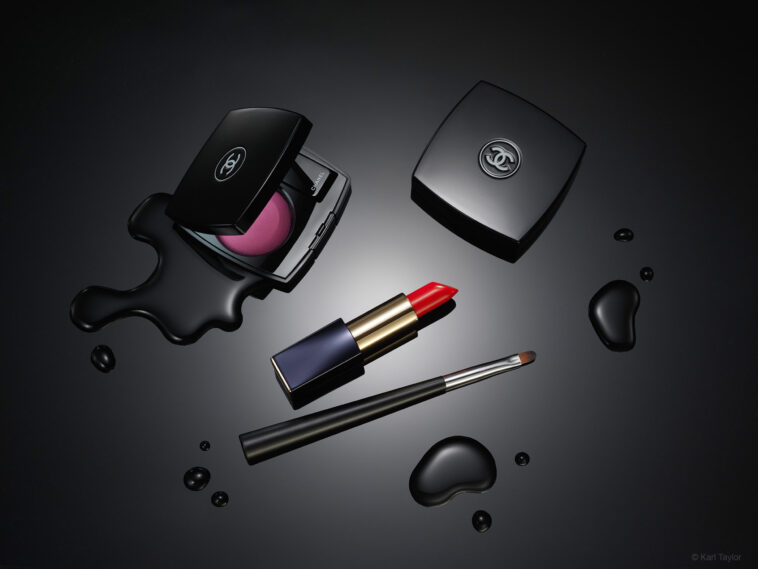They say beauty is in the eye of the beholder, but when it comes to beauty product photography, that eye needs to capture every detail flawlessly. Whether you’re a makeup artist looking to showcase your latest creations or an online retailer selling skincare products, stunning visuals are essential for catching your audience’s attention.
Lighting Techniques: Enhance the Beauty of Products
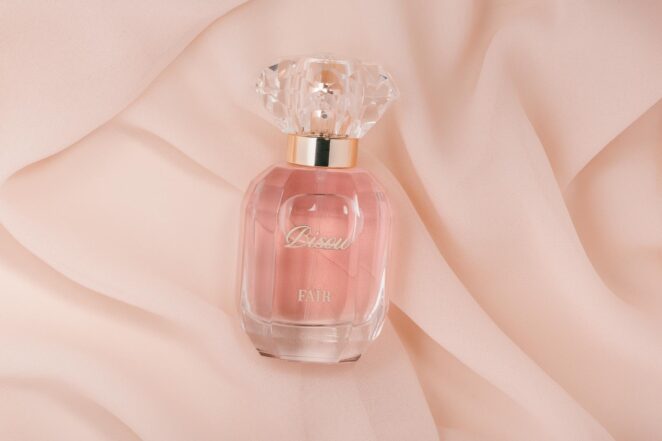
Lighting is the lifeblood of photography, and even more so when you’re showcasing beauty products. It can illuminate the fine details, highlight textures, and bring out the radiant colors of your item. The first technique you should master in beauty product photography is using natural light. This not only provides a softer, more genuine feel to your photos but also reduces the chance of harsh shadows obscuring the product. Position your setup near a large window to capture the daylight, using reflectors to bounce light into shadowy areas.
Next up, you have studio lighting which opens a world of creative possibilities. From ring lights that create a flattering halo of light to softboxes that diffuse light, reducing glare and harsh shadows, studio lighting provides a level of control unmatched by natural light. The key to using artificial lighting is to experiment and understand how different light positions and angles affect the look of your merchandise.
Composition and Styling: Creating Appealing Arrangements
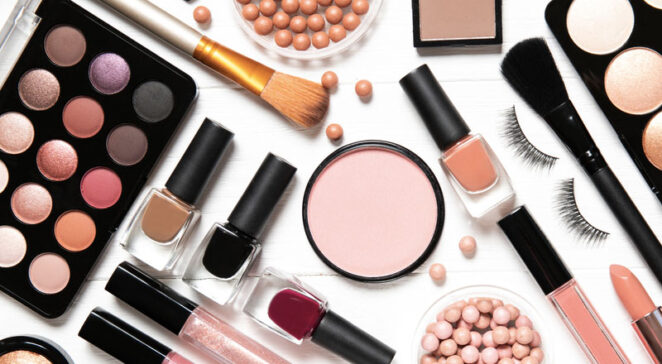
With your lighting established, your attention should shift towards composition and styling – the artful arrangement of products and props within your image. One of the most effective methods is the rule of thirds. This is a principle suggesting that an image can be divided into nine equal parts and that by aligning your subject with the points of intersection, you can create more tension, energy, and interest in your composition. It’s a simple technique with a powerful impact on the aesthetic appeal of your photos.
Another tactic is to employ visual hierarchy. This is where you guide the viewer’s eye to the most important element in your image using size, color, texture, or shape. If you’re photographing a collection of beauty products, decide which item you want to stand out and make it the star of the shot. Everything else should complement and support that central point.
Lastly, pay attention to balance and symmetry. Having a balance of elements provides a sense of calm and harmony. You could use symmetrical balance, where elements are mirrored on either side of the image, or asymmetrical balance, which relies on the use of contrast to achieve an equilibrium. Keep in mind, however, that rules are made to be broken, so feel free to experiment with different arrangements and styles until you capture the beauty of your products in a unique and attractive manner.
Capturing Details: Macro Photography for Perfection
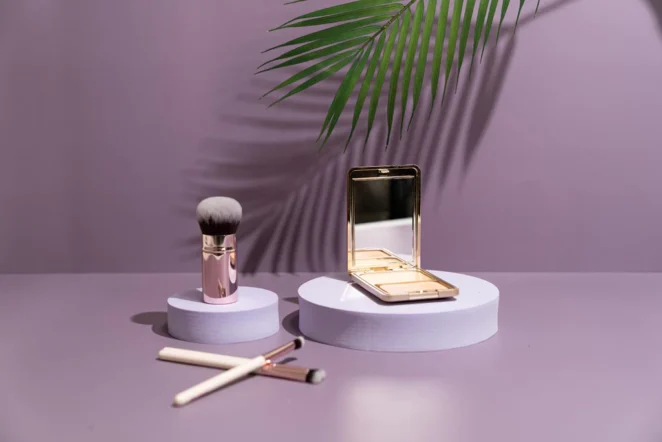
The allure of beauty products often lies in their intricate details – the glint of light on a lip gloss, the granular texture of a scrub, or the shimmer of a powder compact. Macro photography can help you capture these tantalizing details. Start with a macro lens or use the macro mode in your camera, getting as close to the product as your equipment allows. This will enable you to capture the details and textures that make your product unique.
It’s important to use a tripod when shooting macro. The closer you get to a subject, the more noticeable the camera shake becomes. By stabilizing your camera, you’ll reduce the risk of blurred shots and improve the sharpness of your photos.
Lastly, don’t forget the power of creative cropping. You don’t always need to include the whole product in the frame. By cropping in on a specific detail, you can create a sense of intrigue and draw the viewer’s eye to that particular feature. Macro photography allows you to take the viewer on a visual journey, providing a detailed, intimate view of the product that’s impossible to resist.
Presentation: Showcasing Texture and Form
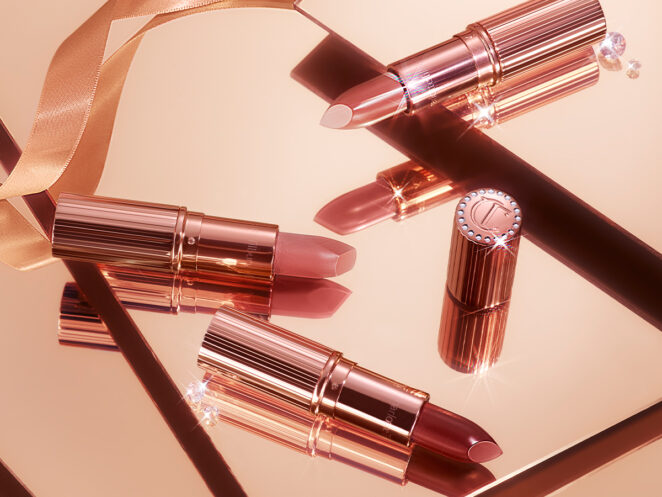
Beauty product photography is not just about capturing an object—it’s about translating a sensory experience into a visual one. Showcasing the texture and form of your products can stimulate the imagination of the viewer, allowing them to almost ‘feel’ the item.
Start by highlighting the unique characteristics of each product. If you’re photographing a creamy moisturizer, show a bit of it seeping out of the tube or a dollop in a dish. For lipstick, capture the smooth, untouched surface or even the unique twist of the product as it rises from the tube.
Side lighting is an effective technique to emphasize texture, as it casts shadows and creates depth. Combine this with a macro lens, and you can showcase the minute details of your product, conveying its form and texture in a captivating manner.
Finally, you need to think about context. Show the item in use, or at least suggest its use. This can be as simple as having a mascara wand hovering above a pair of false eyelashes or a lipstick swatch on a model’s hand. By doing so, you’re giving your audience a sense of the product’s texture, form, and purpose, encouraging them to imagine how it might feel in their own hands.
Props and Accessories: Elevating the Visual Appeal
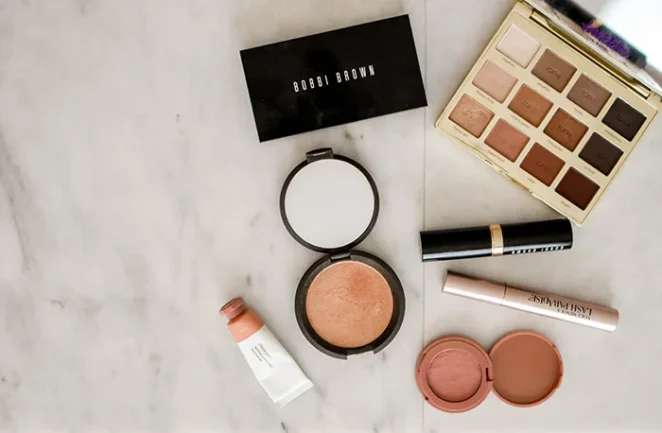
Props and accessories can be effective tools in your beauty product photography, adding depth, context, and narrative to your images. They can help create a mood, reinforce your brand identity, and appeal to your target audience’s lifestyle.
Begin by selecting props that complement the product and help tell its story. If you’re photographing an eco-friendly beauty product, consider natural elements like leaves, stones, or bamboo. For a luxury item, props could include high-end accessories like jewelry or polished metallic objects.
Remember, less is often more when it comes to props. They should enhance the product, not distract from it. Choose a few key pieces that support your composition and create visual interest.
In the end
Capturing beauty isn’t just about the product—it’s about the story you tell through your lens. By mastering these techniques, you’re not just taking a photo; you’re crafting a narrative that resonates with the viewer, conveying not just the look of the product, but its essence. With practice, patience, and a dash of creativity, you can create photos that are as stunning as the products you’re showcasing.



